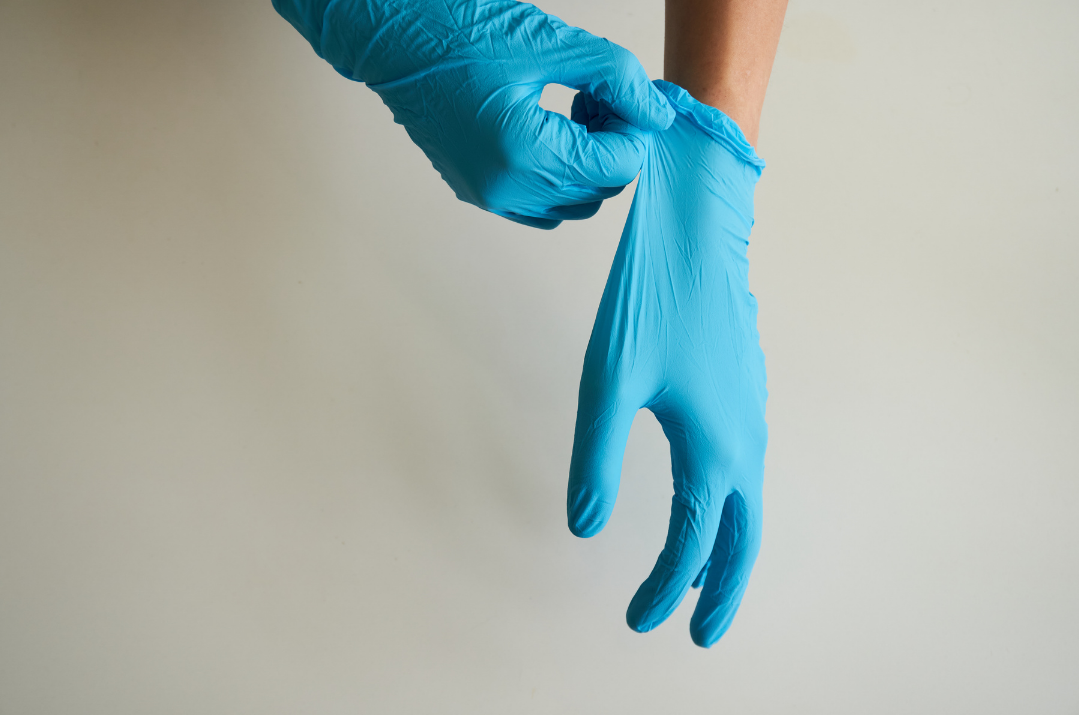First Aid Step 1 - Danger
First Aid Steps – Danger
Have you ever come across a first aid situation and you don’t know the first step?
The first thing you need to check for is DANGER.
Following the steps to the First Aid Action Plan will assist in making sure you can help the injured person and the ones around you.
There was this one time when I was on a family vacation in Hawaii. As we landed in Honolulu walking off the plane, my Mum collapsed on the air bridge. As I caught her, I placed her on the floor into the recovery position and started check her vital signs. One step I missed was DANGER.
Reviewing the situation, I should have told the flight attendants to stop people walking through to get off the plane as they could have been a danger to Mum and my family in the tight walkway. As Dad and I focused on treating Mum, I forgot about my younger sister. I looked up at her and noticed she was suffering from Severe Shock. I now had two casualties too look after. My sister was fine when Mum collapsed but after realising the severity of the ongoing situation she deteriorated.
Thankfully Mum survived the situation spending some time in hospital and my sister recovered from her shock at the hotel later that evening.

Today I want to share with you best practice when checking for DANGER in a first aid situation:
Danger
Look around the environment for any dangers or objects that do not belong e.g. sharp objects, fallen debris, blood etc.
Listen for anything that doesn’t sound right e.g. a cry for help, moans, electrical sparks etc.
Smell for anything odd e.g. gas, smoke, chemicals etc.
First – check danger for yourself
You cannot help the casualty or other people around if you are in danger. You do not want to get injured yourself.
Second – check danger for other people (bystanders) around the area
As I say, “1 casualty is 1 too many!” You do not want to have any other casualties. Make sure they are safe next. Remember that a bystander can look alright and says they are ok initially but could become unwell as time goes on. Make sure you are also monitoring the people around you on a regular basis.
Finally – check danger for the casualty
Why the casualty last? In a nice way, they are already sick or injured from the incident! They have already been exposed to the danger. Remember that the casualty themselves can be a danger to you. Their body fluids (blood or vomit) can be transmitted to you or the casualty might become aggressive.
The most important thing in any first aid situation is remaining calm and keeping a safe environment. Remember to check for danger and keep you and everyone safe.
If you have found value from this blog or have a question, leave a comment, subscribe on the home page for future blogs, share it with your friends and visit my Instagram and Facebook pages.